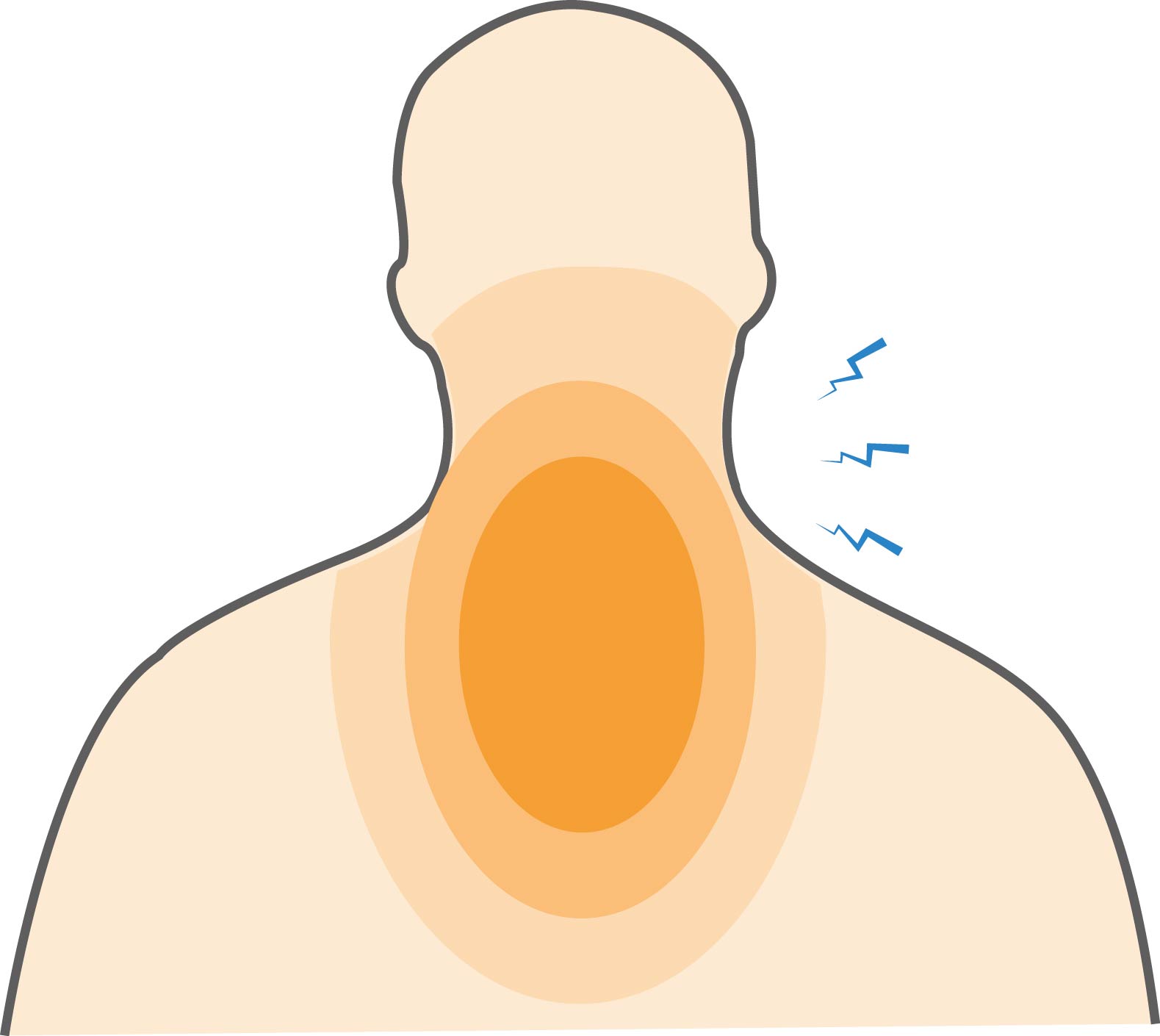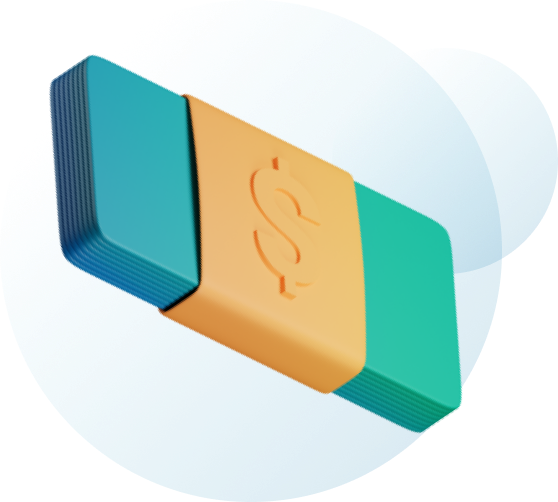A common cause of neck pain is a cervical strain. This injury happens when muscles and tendons, strong bands of tissue that connect muscles to the spine, get stretched too far. This injury is familiar to many athletes, who can easily twist or overstretch a neck muscle during exercise or competition. Severe strains can result in tearing a muscle or tendon. Sometimes, this injury is referred to as a whiplash injury. This happens when the head is suddenly forced forward and backward. With proper treatment, athletes can achieve a full recovery and return to play.
Cervical Strain Injuries Causes, Symptoms & Treatment
Cervical strain injuries commonly occur in athletes when muscles and tendons, strong bands of tissue that connect muscles to the spine, get stretched too far. This neck muscle strain is familiar to many athletes, who can easily twist or overstretch a neck muscle during exercise or competition.
Overview
Overview

What causes Cervical Strain Injuries?
Cervical strain injuries often occur because muscles in the neck are overloaded. This can happen due to overuse, overstretching, or a sudden twist of the muscle, ligament, or tendon. Poor posture can contribute to cervical strains, as can underlying arthritis.
Neck muscle strain injuries are most common in these sports:
- Racket sports (tennis, racket ball, squash)
- Football
- Rugby
- Basketball
- Baseball
Symptoms
Cervical strains cause upper spine pain and discomfort in the neck. The symptoms can range from mild to severe, depending on the extent of the strain. Common symptoms include:
- Pain that gets worse with movement
- Tenderness
- Muscle spasms
- Stiff neck
When to see a doctor
People who experience neck muscle strain or a stiff neck should see their doctor. A medical history and physical examination will be conducted to make a diagnosis. Your doctor will ask about your injury and the sports you play and examine your neck to look for areas of swelling and tenderness. Your doctor may order imaging tests, such as an X-ray or magnetic resonance imaging (MRI) test, to confirm the diagnosis.
Non-operative treatment
Treatment of cervical strain injuries always involves non-surgical measures to allow injured muscles to heal properly. Conservative treatments include:
- Rest from activities and sports that place strain on the neck
- Ice to reduce swelling
- Heat to loosen up the muscles
- Nonsteroidal anti-inflammatory drugs (NSAIDs), such as ibuprofen and naproxen, to help relieve pain and inflammation
- Muscle relaxant medications to reduce spasm
- Physical therapy (such as stretching exercises and sports massage), especially for more severe strains
Try these exercises to help address your condition:
Below is a PDF of the Exercise Program
Recovery
After 24–48 hours, and once your stiff neck and pain subside, most athletes can start to get back to physical activity. Your doctor will advise you on a plan to get you back to a full recovery and return to play after cervical strain injuries.
GET BACK TO WHAT YOU LOVE. FASTER
Sources
a
Frequently Asked Questions
Can cervical strain injuries be misdiagnosed?
Yes. In some cases, symptoms of cervical strain injuries may resemble those of herniated discs, fractures, or spinal cord issues. Proper imaging and evaluation are necessary to avoid misdiagnosis.
What are the long-term effects of repeated cervical strain injuries?
Repeated neck muscle strain may lead to chronic pain, reduced neck mobility, or increased risk of arthritis in the upper spine over time.
Is it safe to return to sports after a cervical strain?
Yes, but only after symptoms like stiff neck and upper spine pain have resolved. A gradual return to activity under medical supervision is recommended to prevent re-injury.
What’s the difference between a neck strain and a whiplash injury?
While both involve neck muscle strain, whiplash injuries often occur in motor vehicle accidents due to the forceful movement of the head. They may include additional symptoms such as headaches or dizziness. Both conditions require similar treatment approaches, but the severity and recovery time may differ.

